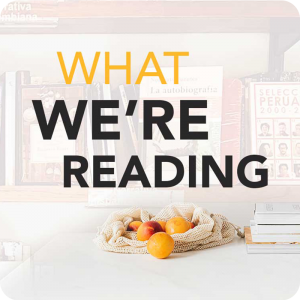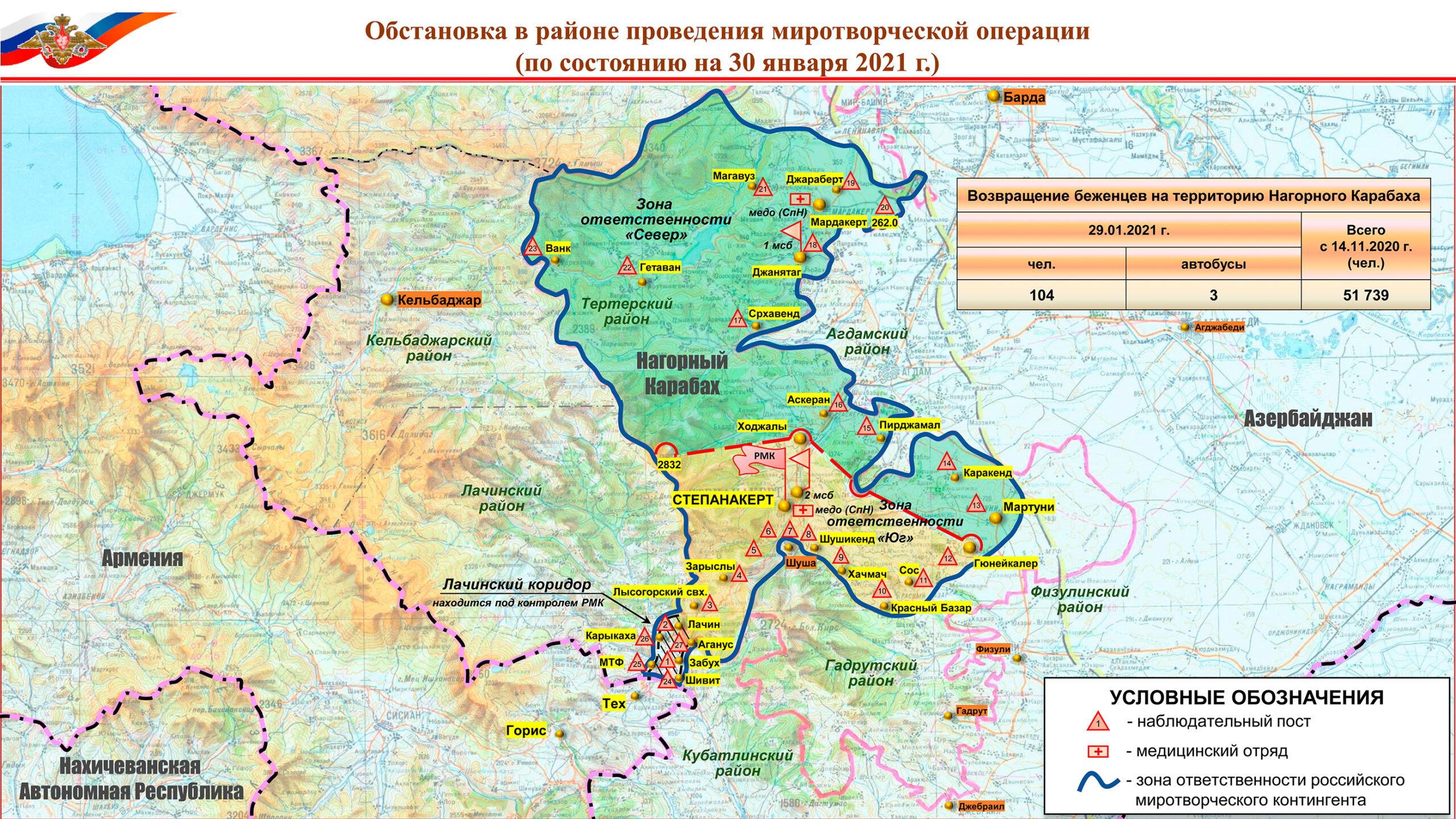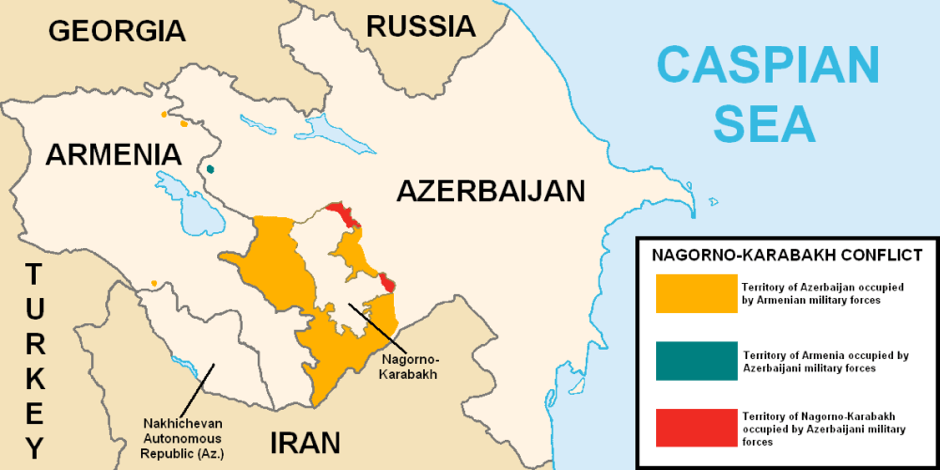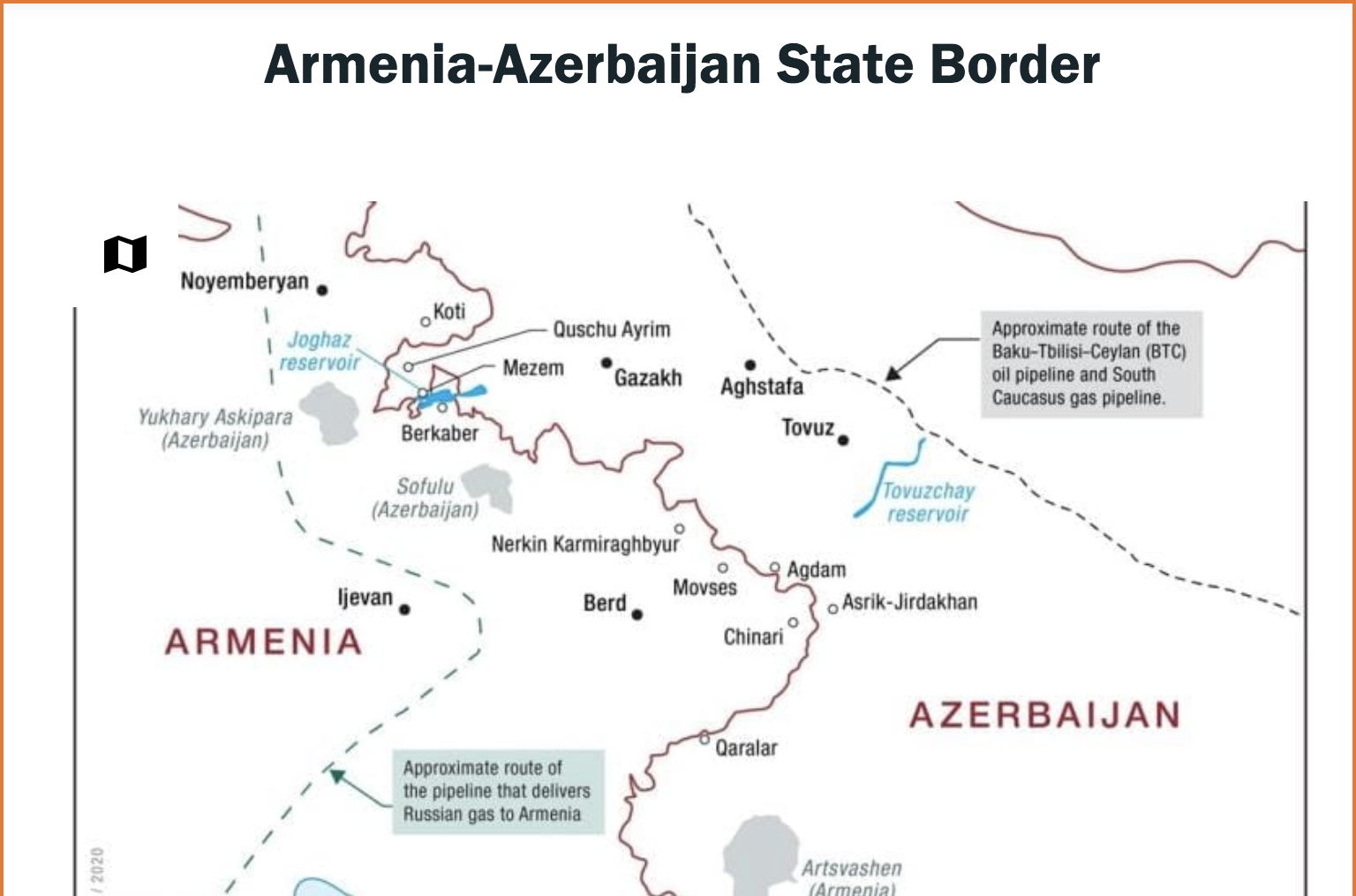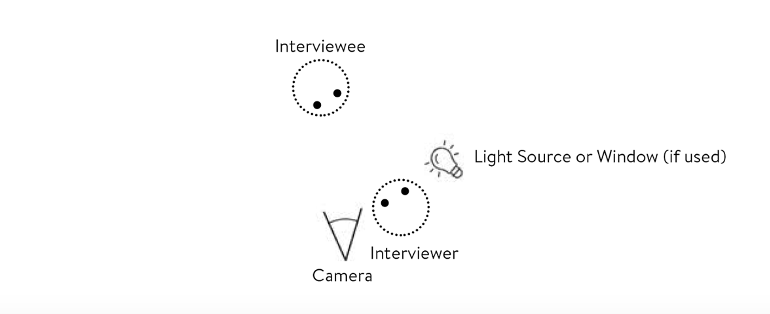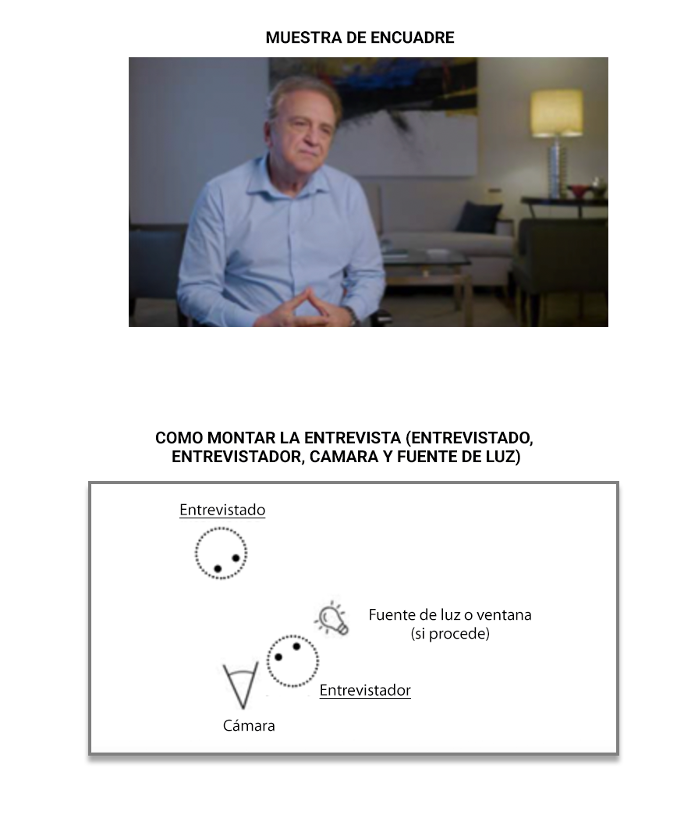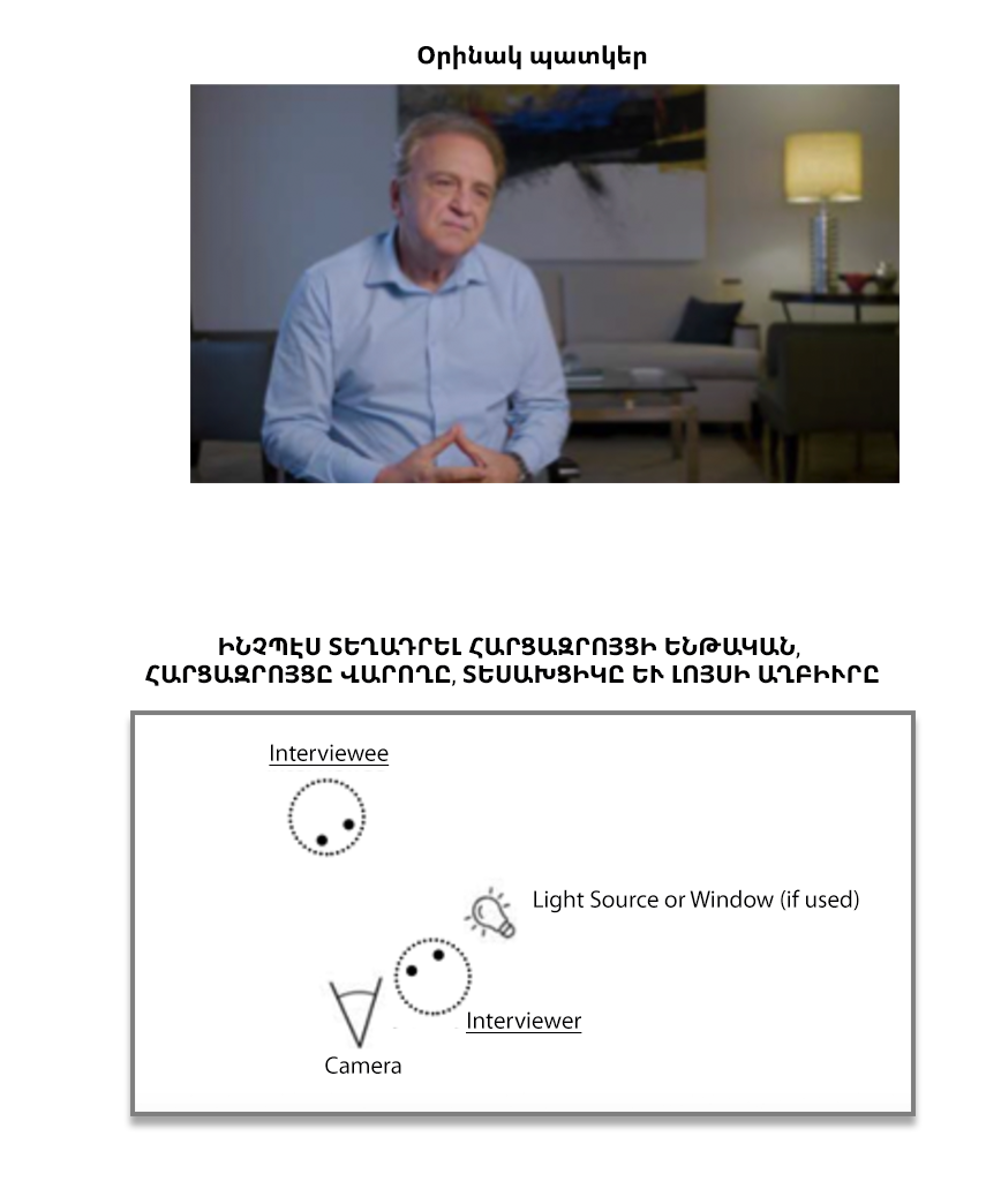A staff tradition – sharing our reading list with one another and with the Institute’s global community. As we approach the summer solstice, find our favorites below.
What We Are Reading
What Salpi Ghazarian is reading
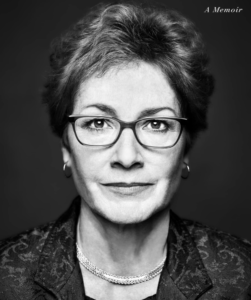
Lessons from the Edge
Marie Yovanovitch
I knew US Ambassador Marie Yovanovitch when she served in Armenia, in the years prior to her post in Ukraine as head of mission. Those experiences make up the bulk of her very timely new memoir Lessons from the Edge.

My most urgent recent read is the UCLA Promise Institute for Human Rights report: Social Media, Content Moderation and International Human Rights Law: The Example of the Nagorno-Karabakh/Artsakh Conflict; you can find it here.
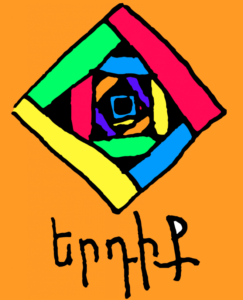
In addition to reading, I’ve been digging, and singing and smiling. https://zndoog.com and https://yertik.com are chock-full of Sesame Street style Armenian language animation and stories, the work of the Calouste Gulbenkian Foundation Armenian Communities Department.
What Shushan Karapetian is reading

Aftershocks
Nadia Owusu
An all-consuming memoir that deals with issues of (un)belonging, healing, and most poignantly, voice, in the aftershocks of trauma from Ghanaian and Armenian-American writer Nadia Owusu. My reading of the memoir sparked a podcast episode with Nadia and the permanent inclusion of the book in my Language in Diaspora course curriculum.
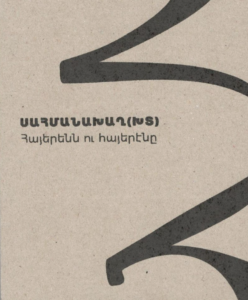
Սահմանախաղ(խտ) - Հայերենն ու հայերէնը
Անահիտ Ղազարյան & Առաքել Մինասեան
A Border Crossing between/within/among/amidst Armenian and Armenian: A friendship between a Hayastantsi and a Spyurkahay, centered around issues of language, is documented in an epistolary across time, space, and medium, with a breathtaking introduction by Krikor Beledian.
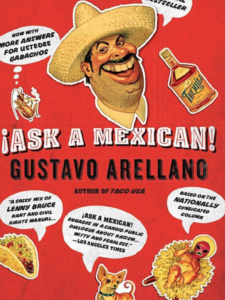
¡Ask a Mexican!
Gustavo Arellano
After being in a panel hosted by Gustavo Arellano at a Zócalo Public Square event a few months ago, I invited him to my podcast to discuss his edgy and ground-breaking column-turned-book, ¡Ask a Mexican!. Enjoy the satirical and erudite pen of a journalist who uses the Mexican-American lens with rich linguistic nuances.
What Silva Sevlian is reading
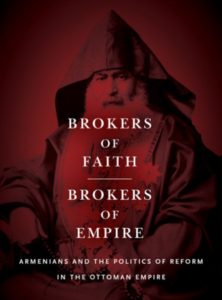
Brokers of Faith, Brokers of Empire: Armenians and the Politics of Reform in the Ottoman Empire
Richard E. Antaramian
A favorite memory of my early years at the Institute is working with Prof. Antaramian on the MDA 330 diaspora course. The book was a reminder of his unmatched teaching style – rich content disarmed of what would otherwise make the history intimidatingly complex.
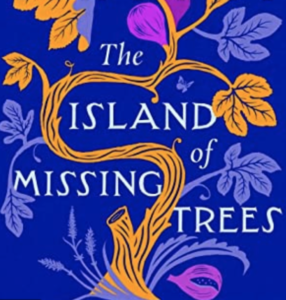
The Island of Missing Trees
Elif Shafak
A couple of years ago, there was a Financial Times essay by Elif Shafak that we passed around the office because of how beautifully it told the story of love, loss and an Armenian grandma. The best part of this book was reading narration from a fig tree’s point of view.
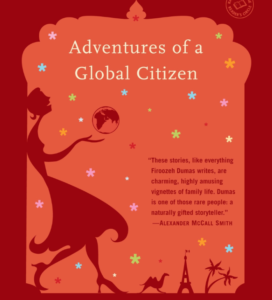
Laughing Without an Accent: Adventures of an Iranian American, at Home and Abroad
Firoozeh Dumas
The pandemic reshaped how I think about many things including mortality, privacy and the importance of storytelling. This book is a laugh-out-loud read about being an immigrant in the United States.
What Syuzanna Petrosyan is reading
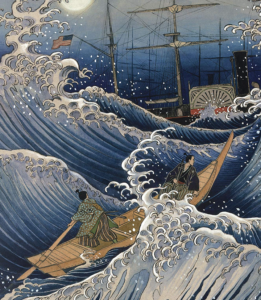
Upheaval: Turning Points for Nations in Crisis
Jared Diamond
As we all observe the catastrophes that Armenia and Karabakh continue to face and recover from, it is useful to understand how and why some nations recover from trauma and others don’t.
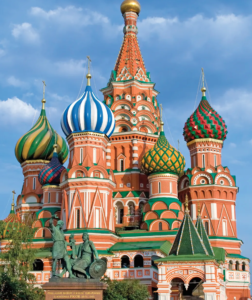
The Invention of Russia
Arkady Ostrovsky
Ostrovsky, The Economist’s Russia editor, looks at how the Russian media has shaped a new national narrative under Vladimir Putin, and how this impacts not just Russia but the region and the world.
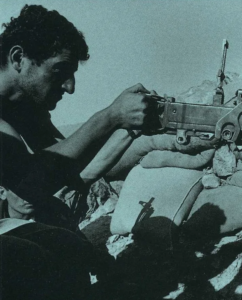
The Caucasian Knot: The History & Geopolitics of Nagorno-Karabagh
Levon Chorbajian, Patrick Donabédian, Claude Mutafian
After I interviewed Professor Chorbajian for the Institute’s UNDERSTANDING INDEPENDENCE initiative, I picked up this book which traces Artsakh’s demographic evolution, and situates the current hostilities within a broader regional context.
What Gegham Mughnetsyan is reading
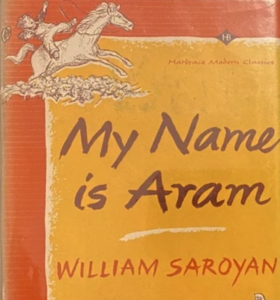
My Name is Aram
William Saroyan
Saroyan’s 1940 classic semi autobiographical collection of short stories from the lives of a large Armenian immigrant family in California’s Central Valley is the feel good read I revisit every summer.
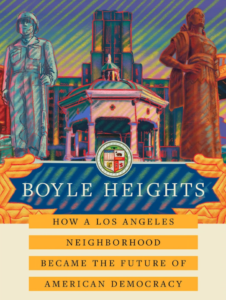
Boyle Heights: How Los Angeles Neighborhood Became the Future of American Democracy
George J. Sanchez
An in-depth history of a Los Angeles neighborhood, which happened to be one of the oldest homes of the Armenian community, as well as of the Japanese, Jewish, Italian, Latino, Mexican and other new Americans.
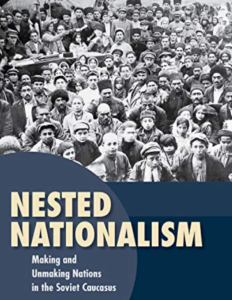
Nested Nationalism: Making and Unmaking Nations in the Soviet Caucasus
Krista A. Goff
Krista A. Goff argues that Soviet nationality policies produced recursive, nested relationships between majority and minority nationalisms and national identifications in the USSR, one stark example being the struggle of Armenians of Nagorno Karabakh in Soviet Azerbaijan.
What Lilit Keshishyan is reading
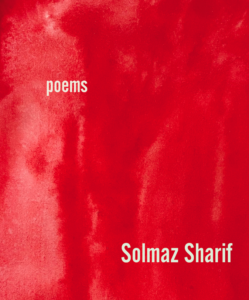
Customs
Solmaz Sharif
A few weeks ago, a friend posted an excerpt of Sharif’s poem, “Without Which” on Instagram. I quickly looked up the author and discovered this captivating collection, which examines the reverberations of borders, displacement, and power.
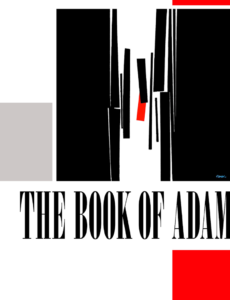
Solmaz Sharif
By Hakob Karapents (translated by Ara Ghazarians)
One chapter of my dissertation focuses on Karapents’ Armenian language novel The Book of Adam. I am excited about this new English translation, which will allow more people to experience a multilayered read that explores the presence of the past through protagonist Adam Nourian’s search for self and belonging.

